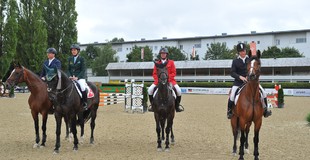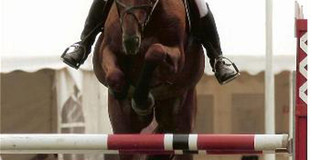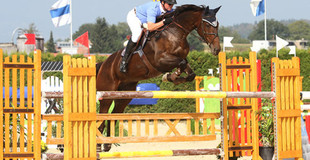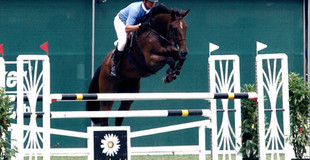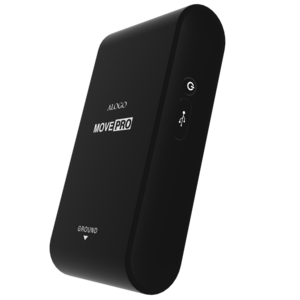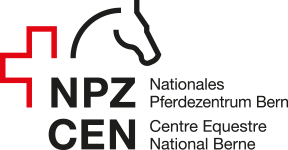As a co-author with Dr Matthew Benn and Prof Anton Fürst
Difference in radiographic findings and gait analysis between horses that are freshly shod and at the end of their shoeing period
Matthew Benn, Stéphane Montavon and Anton Fürst
Pferdeheilkunde - Equine Medicine 39 (2023) 6 (November/December) 523–532 - DOI 10.21836/PEM20230603
Summary: The aim of this study was to determine how a horse’s gait changes over an eight-week shoeing period and if these changes could be picked up by a single sensor inertial measurement unit (IMU) fitted with a GPS receiver chip. The device employed in this study was the ALOGO Move ProTM. It was also of interest to measure the radiographic changes throughout this period to determine if these physical changes were tied to the kinematic parameters measured by the sensor. The study was performed using 21 Swiss Warmblood horses belonging to the Swiss Armed Forces and consisted of two rounds of testing. Each round was comprised of balance radiographs
of all four feet (dorsopalmar/-plantar and lateromedial projections) and dynamic tests, both in hand and on a 20 m lunging circle. Round one invariably began on the day the horse was shod with the second round following eight weeks later. The measured variables were separated into four categories: dynamic values (stride height, stride length and strike power), balance values (longitudinal and lateral balance), radiographic values (palmar/plantar angle and toe length) and the height at the withers. Palmar/plantar angles decreased over the eight-week period but were only significant in the hind feet (average difference 1.81°). Stride length was significantly greater in round two in all measurements at the trot (average difference 16.48 cm) and canter (average difference 33.56 cm), and stride height was significantly greater in the second round for one of the tests performed at the trot (trot on right rein) (average difference 0.66 cm) and both tests at the
canter (average difference 1.00 cm). Bigger horses were found to lean more towards the inside of the circle near the end of their shoeing period. In addition, a horse’s height at the withers and its longitudinal balance showed a negative correlation towards the end of the shoeing
period. There were also similar correlations between a horse’s stride length and its longitudinal balance shifting towards the front, when horses reach the end of a shoeing period, those with longer strides will lean even further forwards than others. It is important to note that although these changes happen gradually over an eight-week period, the inverse changes happen instantly when the horses are trimmed and shod. These results complement previous research showing that horses tend to carry more weight on their forelimbs when traveling at higher speeds, as a horse’s velocity and stride length are directly correlated. This study demonstrates that the ALOGO Move ProTM device can accurately measure changes in a horse’s gait over the course of an eight-week shoeing interval. This device could be therefore used in further studies and tests, and, with enough data, there might be potential for this sensor to learn and identify evolving patterns within a shoeing period. This could result in the capacity of the device to be able to inform the rider or trainer when the optimal time to have the horse reshod is, based on how the horse’s balance evolves over time.


